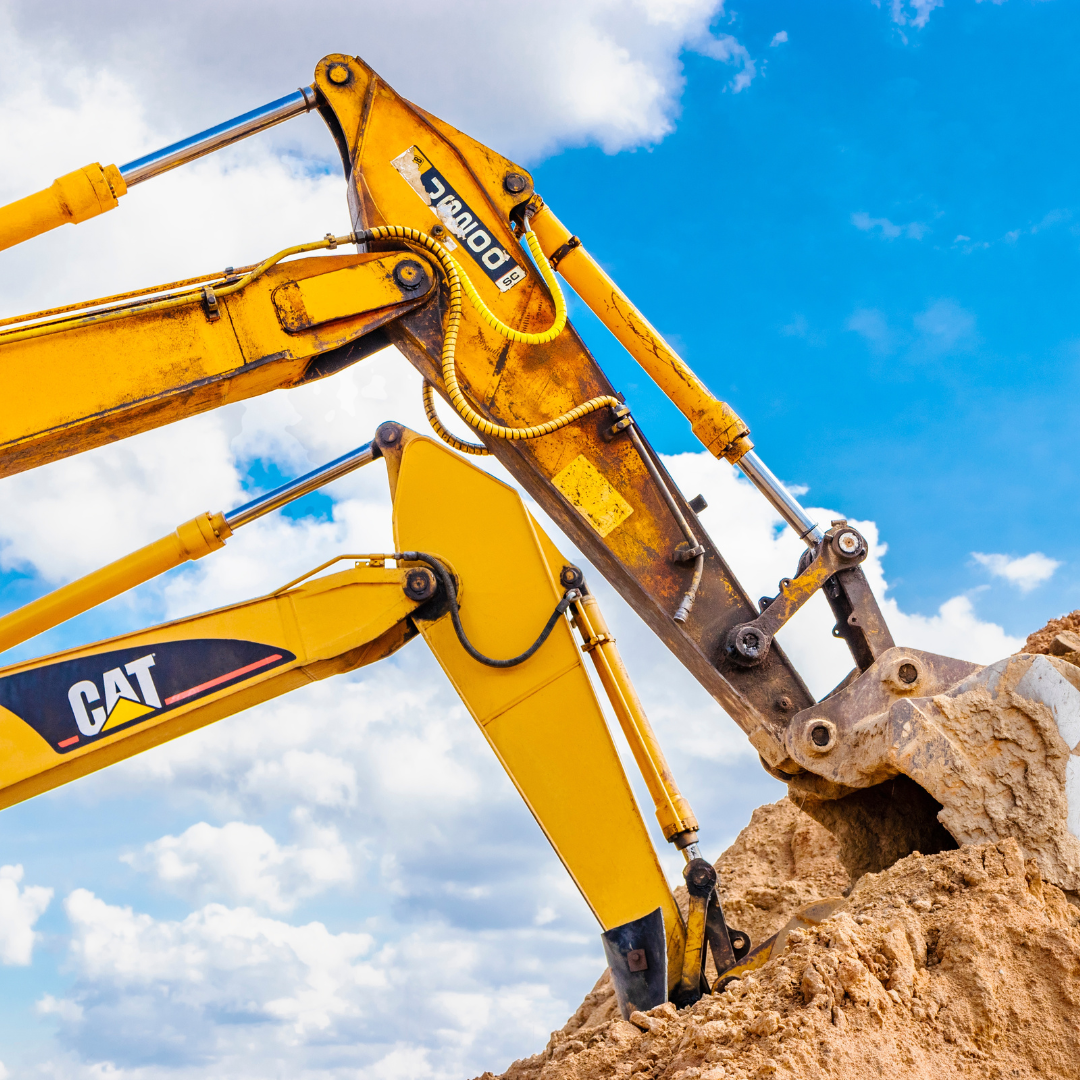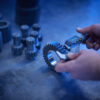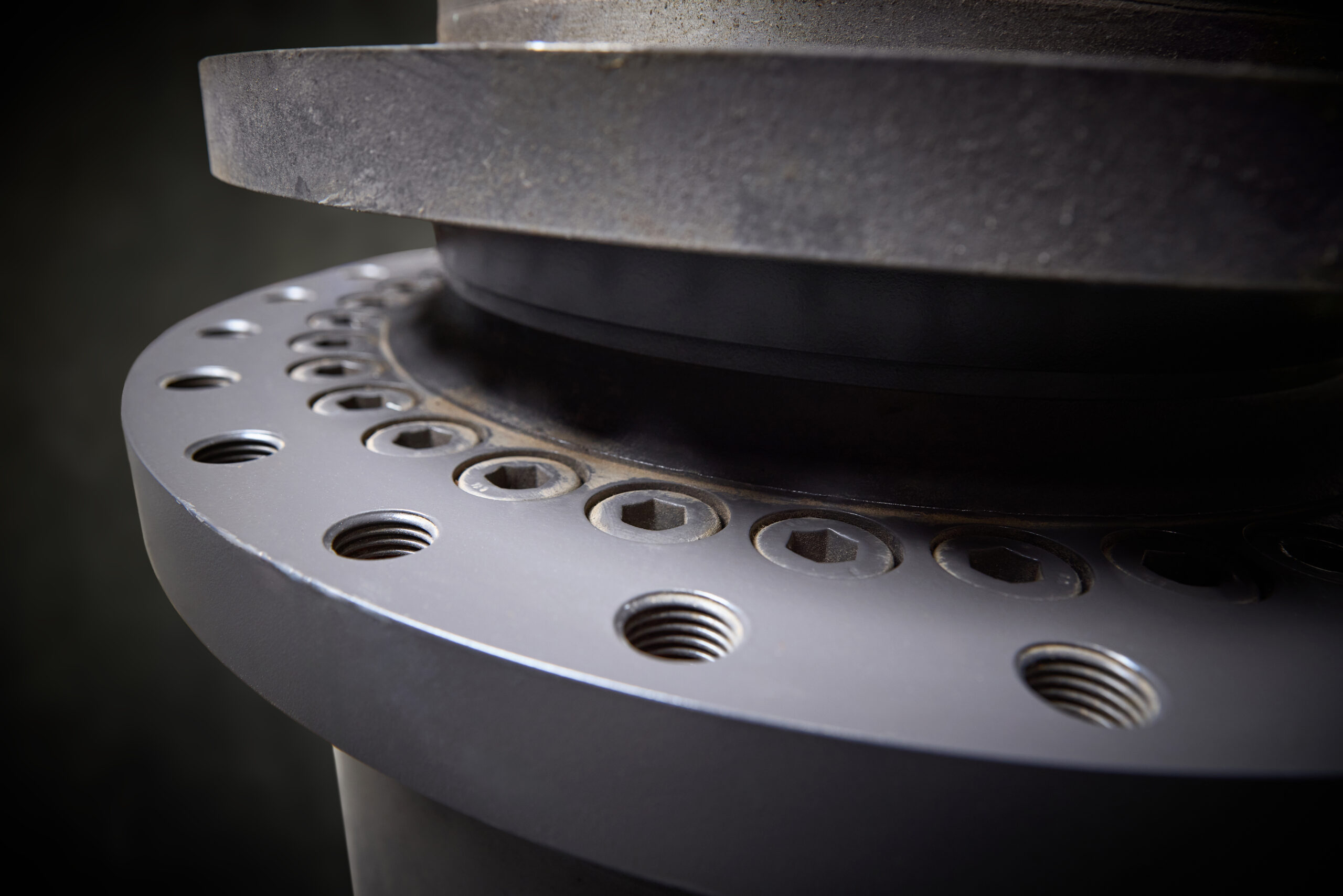Excavator Pins and Bushings: What Are They and How Do They Affect Your Equipment?
Excavators are essential machines for construction, demolition, and excavation tasks, known for their impressive capabilities. But like any heavy machinery, excavators rely on specific parts that ensure smooth operation. Among these parts, excavator pins and bushings play a crucial role in the overall performance of the machine. In this blog, we’ll dive into what they are, why they matter, and how to know when they need replacing.
What Are Excavator Pins and Bushings?
Excavator pins and bushings are vital components in the movement of the machine’s arm, boom, and bucket. They act as the foundation for the excavator’s mobility, allowing it to perform the complex range of motions that make it so versatile.
- Pins serve as pivot points in the excavator’s arm, allowing parts like the boom and bucket to move and rotate smoothly. They enable the excavator to reach, lift, and dig as needed.
- Bushings are used to line the area around the pins. They help reduce friction and wear between the moving parts, making sure the machine operates smoothly without excessive resistance. Bushings also absorb impacts during operation, further protecting the excavator from damage.
Typically, these parts are made from materials such as steel or bronze, both of which are strong, durable, and resistant to wear. These materials ensure that the excavator’s vital parts continue functioning efficiently for as long as possible.

How Do You Know When Pins and Bushings Need Replacing?
While excavator pins and bushings are built for longevity, they will eventually wear out due to constant friction and the heavy load they bear. So, how can you tell when it’s time for a replacement?
- Looseness: If you notice that the arm or bucket moves more than expected, or feels “loose,” it’s a sign that the pins or bushings may have worn out.
- Unusual Noises: Squeaking, grinding, or knocking noises while the excavator is in motion are common indicators that the bushings or pins are no longer functioning properly.
- Misalignment: If the parts of the excavator begin to misalign or don’t move in the desired direction, it could be due to excessive wear on the pins or bushings.
- Visible Wear: Over time, you may see visible signs of wear or damage, such as rust or grooves around the pins or bushings.
- Oil Leaks: If oil leaks occur around the pins or bushings, it could mean the seals are damaged or the parts are worn down.
- Decreased Performance: If the machine seems to be underperforming or struggling to move parts, the pins and bushings could be a contributing factor.
How to Replace Excavator Pins and Bushings
If you’ve identified that your excavator’s pins or bushings need replacing, don’t worry — replacing these parts is relatively straightforward with the right tools and preparation. Here’s a step-by-step guide on how to do it:
1. Preparation:
A handy tip is to put the new bushings in the freezer before installation. Freezing the bushings helps contract them, making it easier to fit them into place when you’re ready to install them.
2. Removing the Old Pins and Bushings:
You don’t need a lot of specialized equipment to remove the old pins and bushings — basic tools like a rotary tool and die grinder set will suffice. Use the rotary tool to cut a notch in the old bush to make it easier to remove.
3. Cleaning:
Before you begin removing the bushings, clean the area around them using a wire wheel attachment. This helps you differentiate the bushing from the rest of the arm, making it easier to work on.
4. Bush Removal:
Once the notch has been cut, use a hammer and chisel to remove the old bushing. Be sure to tap gently to avoid damaging the surrounding area.
5. Installing the New Bushings:
Now, take the new bushings out of the freezer and insert them into the arm. To avoid damaging the new parts, use a copper or hide hammer, or even a piece of wood, to gently hammer the bushings into place.
6. Final Step:
Once the bushings are in, it’s time to insert the new pins. Be sure to check for any play or movement to ensure everything is secure and operating smoothly.
Conclusion
Excavator pins and bushings may be small components, but they are integral to the smooth functioning of your equipment. By reducing friction, absorbing impact, and facilitating movement, they keep your excavator running efficiently and reliably. Recognizing when they need replacing can save you from costly repairs and downtime. With the right tools and a bit of preparation, replacing them is a straightforward process that can extend the lifespan of your excavator and ensure top performance on every job.







